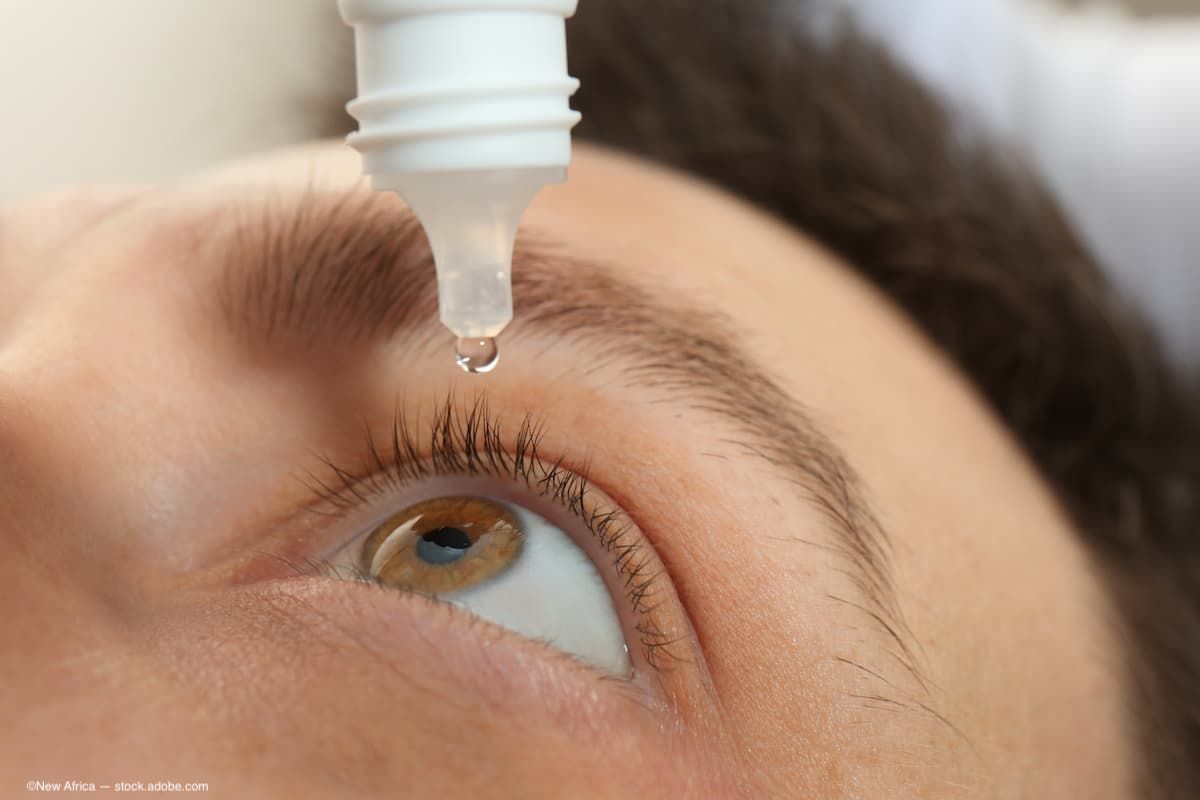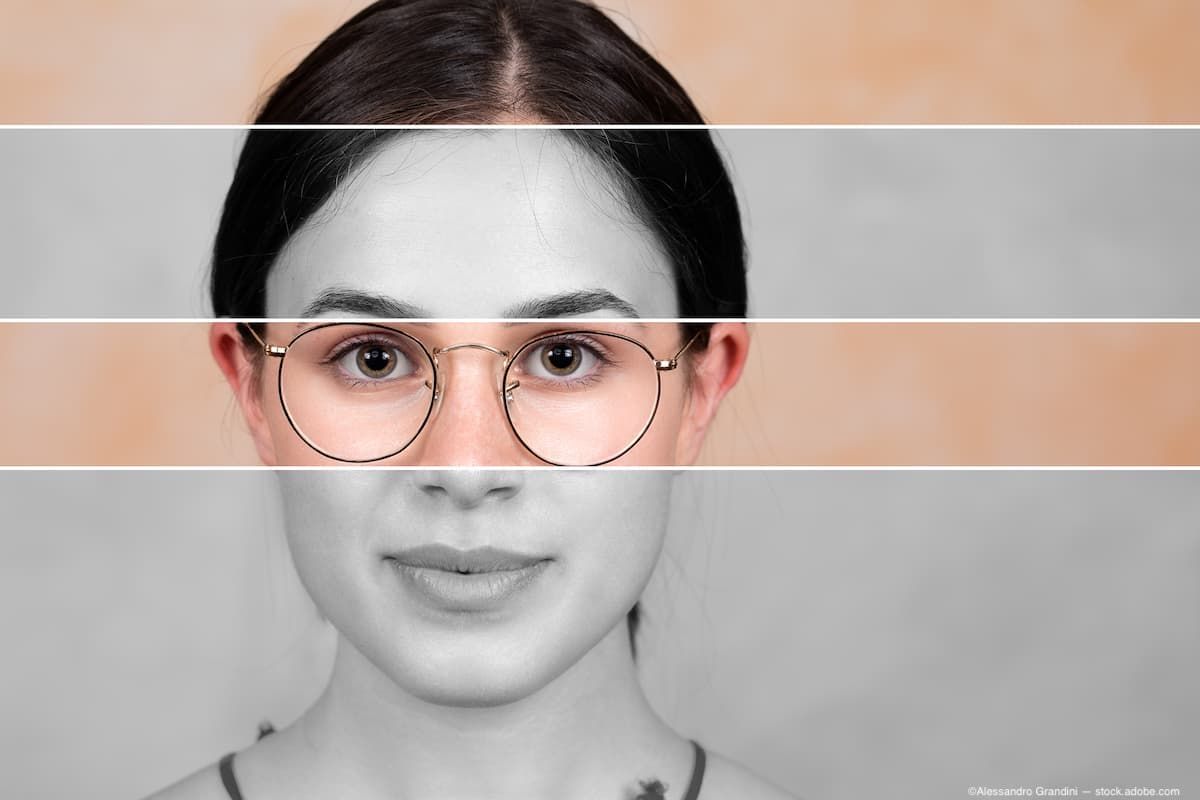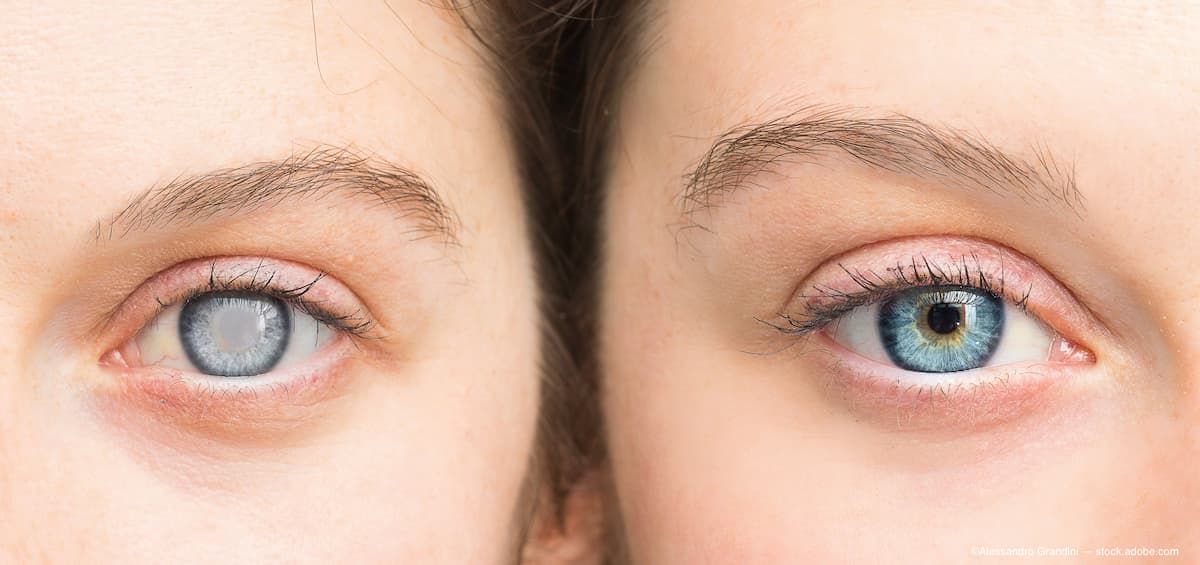Article
Precise capsulotomy can be fast simple elegant technique with novel laser
An investigational laser was singled out by Richard Packard, MD, is a session to highlight "exciting new devices" to help surgeons. The technology provides a fast, simple, and elegant technique for precise capsulotomy, he noted.

An investigational laser was singled out by Richard Packard, MD, in a session organized to highlight “exciting new devices” to help surgeons. The technology provides a fast, simple, and elegant technique for precise capsulotomy, he noted.
A selective thermal laser targeting a trypan blue-stained capsule (CAPSULaser, Excel-lens) rapidly creates a capsulotomy that is consistent in size and circularity, features a strong, tear-resistant edge, provides 360º IOL overlap, and can be centered on the visual axis or pupillary axis, whichever the surgeon prefers, said Richard Packard, MD.
“Hopefully, use of this laser for capsulotomy will also improve predictability of effective lens position,” said Dr. Packard, director of Arnott Eye Associates, London.
The selective laser is currently investigational but is expected to receive CE marking soon.
Dr. Packard noted that in a clinical study, 100% of 63 capsulotomies created with the laser had free-floating caps.
In addition, laboratory testing has shown that the edge strength of the selective laser-created capsulotomies is greater than that of capsulotomies created manually or with a femtosecond laser.
Listing other advantages, he noted that the laser attaches beneath the surgical microscope, and in contrast to some femtosecond lasers, its use does not affect workflow in the operating theater.
In addition, capsulotomy creation with the thermal laser is compatible with an emerging generation of capsulotomy-centered IOLs, and the device has potential for use to create a primary posterior capsulotomy.
“We have already demonstrated this capability in the laboratory, and a clinical study will begin soon,” Dr. Packard said.
Surgical technique
The trypan blue used in the procedure is a special formulation that stains the capsule faster than other commercially available trypan blue products. Viscoelastic is instilled after the dye is injected. Dr. Packard said that the 2% sodium hyaluronate used is very optically clear. After placing a clear contact lens on the eye, the laser is focused and the capsulotomy is created.
Edge features
Scanning electron microscopy imaging shows that the capsulotomy edge is rolled, and therefore it is very smooth. The treatment also converts the collagen in the capsule from type IV to elastic amorphous collagen.
“The combination of the smooth rolled-over edge and amorphous collagen leads to increased tear strength,” Dr. Packard said. “As another advantage, the trypan blue staining used to perform the capsulotomy makes it very easy to see the edge during the rest of the surgery.”
A tensile testing study using cadaver eyes investigated edge strength of capsulotomies created with a manual technique, the selective laser, and a femtosecond laser. The results showed that when compared to the manual capsulotomy group, capsulotomy edge strength was 30% lower when the femtosecond laser was used but 50% greater for capsulotomies created with the selective laser.
“We found that the strong elastic capsulotomies created with the selective laser could be stretched from a 5 mm opening to 12 mm, and that gives the surgeon great confidence when operating,” Dr. Packard said.
Clinical results
The CE mark clinical trial included 125 eyes and compared capsulotomy creation with the selective laser and with a manual technique. The primary endpoint compared sizing accuracy, circularity, and centration precision, and the differences for all measures were highly statistically significant favoring the selective laser group.
“Safety was assessed as a secondary endpoint, and no issues were encountered,” Dr. Packard noted.
The results obtained in this study were also compared with findings from meta-analyses of published literature on femtosecond laser-created and manual capsulotomies, which showed that the selective laser compared very favorably to the other techniques for its performance in creating capsulotomies that are consistent in size, circularity, and location.
Dr. Packard is an advisor to Excel-lens.
Newsletter
Don’t miss out—get Ophthalmology Times updates on the latest clinical advancements and expert interviews, straight to your inbox.





